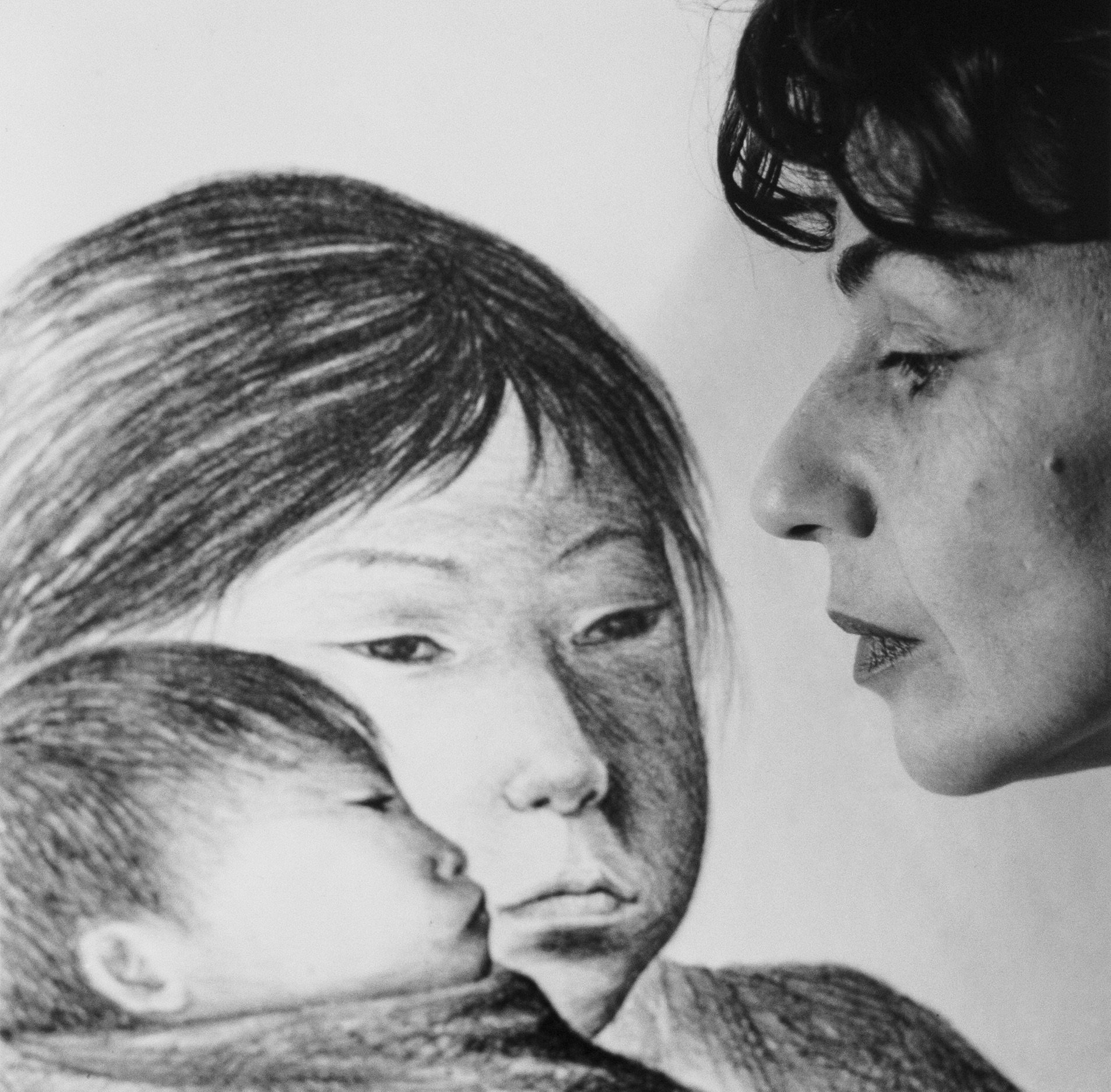





Kati Horna
For the Hungarian-born Mexican photographer Kati Horna (née Katalin Deutsch, Szilasbalhás, 1912 – Mexico City, 2000), her craft represented a tool for radical politics, a skill for survival, and a source of personal reflection and creative renewal. As a young woman in interwar Europe, she became a photographer during a period of accelerated expansion of the illustrated press and was able to seize new opportunities for mobility and political engagement afforded to women by the photographic camera.
Raised in an affluent Jewish family, Kati Horna became interested in politics from a young age. In the late 1920s, she joined the Budapest circle of the socialist thinker and writer Lajos Kassák. Upon relocating to Berlin in the early 1930s, she joined the network of the Marxist theoretician Karl Korsch — an influential figure in dissident circles whose associates included the playwright Bertolt Brecht. After the Nazi rise to power in early 1933, Horna fled Germany and spent a few weeks in Budapest, where she learned photography from the renowned Hungarian photographer Joszef Pécsi. She subsequently moved to Paris, where she began her career as a photographer close to the illustrated press.
Following the outbreak of the Spanish Civil War, Kati Horna traveled to Barcelona to collaborate with anarchist networks working to defeat the fascist insurrection led by Francisco Franco. During her time in Spain, the photographer produced an extraordinary record of the anarchists’ wartime revolutionary efforts. In Barcelona, she met her future husband, the Spanish artist José Horna (Jaén, 1912 – Mexico City, 1963). They soon began collaborating, producing works that reflected their painful experience of war and political defeat.
Upon settling in Mexico City with José in 1939, Kati Horna began working for a wide range of illustrated periodicals. Over the years, her work for the city’s flourishing illustrated press registered Mexico City’s rapid transformation and vibrant cultural life in the middle decades of the twentieth century. Often displaying an inclination toward the mysterious or macabre in everyday life and an understated sense of humor, Horna’s photo essays and series, and portraits of artists, writers, and intellectuals appeared on the pages of a wide range of publications — from large-circulation weeklies to experimental literary journals.
In Mexico, Kati Horna was active in several artistic and intellectual circles. Her close friendships with artists such as Leonora Carrington, Remedios Varo, and Mathias Goeritz led to daring collaborations and public interventions in the context of the so-called “Generación de la Ruptura” (Breakaway Generation), which challenged the dominant muralist tradition in Mexico. Among the best-known are Horna’s collaboration with the Surrealist journal S.NOB and her involvement with the artist collective “Los Hartos.” In parallel to her photographic practice, Kati Horna’s teaching positions at the Universidad Iberoamericana and the Academia de San Carlos cemented her role as a mentor to a younger generation of Mexican photographers, including Flor Garduño, Victor Monroy, Estanislao Ortíz, and Sergio Carlos Rey.
Throughout a career spanning half a century and two continents, Kati Horna produced a vast and varied body of work that defies easy categorization. From reportage to photomontages, from portraiture to photographic abstraction, and from commercial work to fantastical photostories, Horna’s images demonstrate her mastery of the medium, experimental sensibility, and fiercely independent point of view. With her camera as a compass, she traversed the commotions of her century — revolution, war, and exile — and found refuge and fulfillment in creative collaboration with others.
ABOUT
The Archivo Privado de Fotografía y Gráfica Kati y José Horna safeguards and manages Kati Horna’s photographic and personal archive and holds exclusive copyrights to her work.
Building on the stewarding legacy of the photographer’s daughter, Dr. Norah Horna Fernández (1945 - 2024), Catalina Polgovsky Horna and Iván Polgovsky Horna oversee all matters related to the Estate of Kati and José Horna.
Myrna González assists in the management and preservation of the Kati and José Horna Archive, while photography historian Dr. Michel Otayek provides expert advice.
Reproduction of Kati Horna’s work by any means without permission from the Archivo Privado de Fotografía y Gráfica Kati y José Horna is unlawful.
For all inquiries, including loan requests and reproduction permissions, please contact the Estate at info@katihorna.org